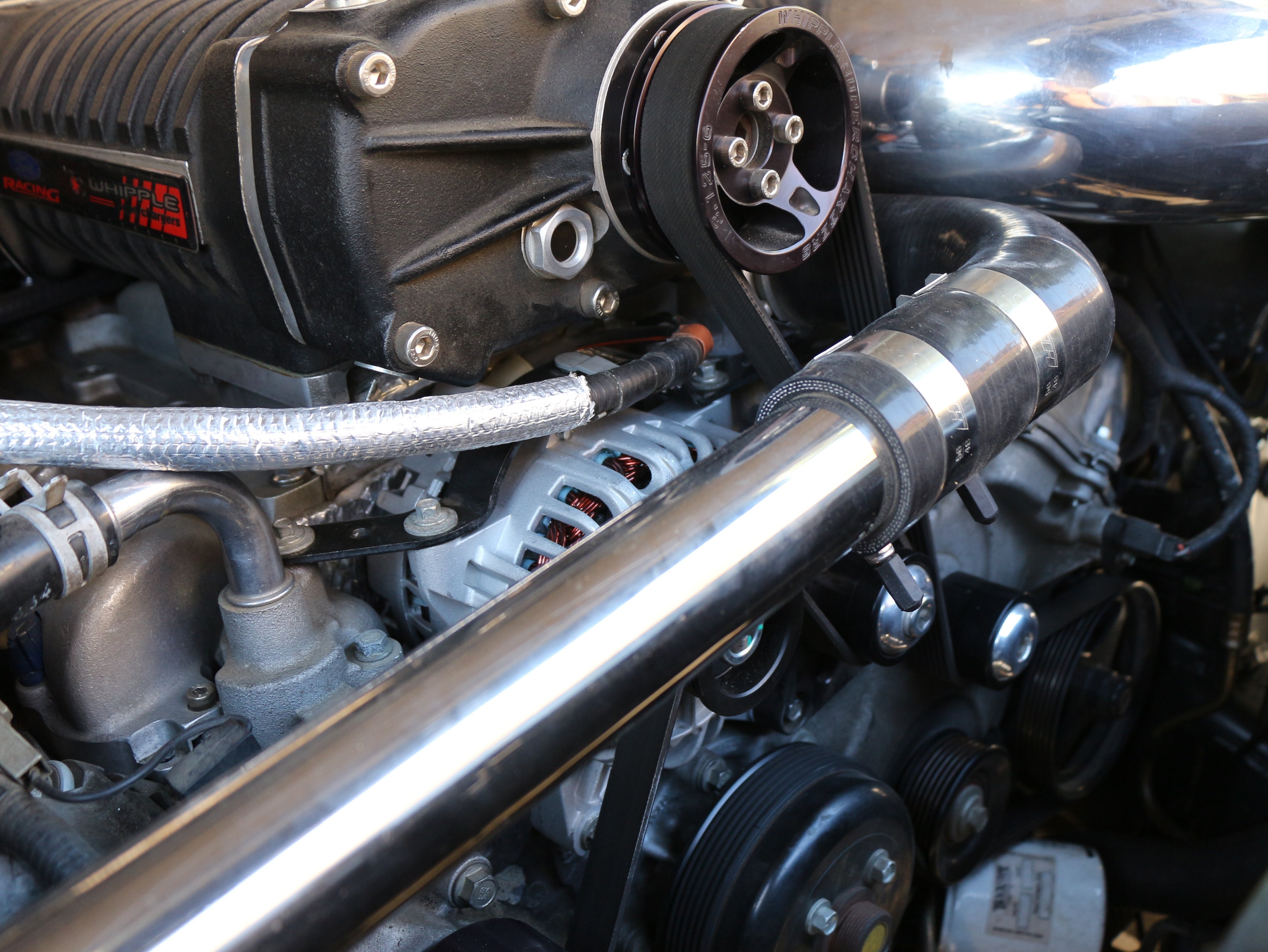
Voltage Drop: How to Tell When Your Alternator Is Failing

Modern vehicles rely on their electrical systems to move you down the road in safety and comfort more than ever. From multiple ECUs, to supplemental restraint systems, accessories, and high-powered lighting, your car needs to keep those electrons flowing to keep you going.
The hardest working component of your electrical system is no doubt the alternator. While a generally robust mechanism meant to last the life of the car, they can and do fail. When that happens, you won’t be going anywhere in a hurry. Why is this?
The alternator converts mechanical energy from your engine into electricity that charges your battery while you drive. As you go down the road, all the electrical components that your car needs draw their power from the battery, which the alternator keeps topped up as long as the engine is running. If your alternator is starting to go bad, its ability to maintain the battery’s charge will falter, and all those electrical components will start to drain the battery. Without the alternator to supply a new charge, your battery will die, and you’ll be stuck.
Visual Signs Your Alternator is Failing
There are some visual cues you can use to diagnose your alternator’s general health. The first is, very simply, a gauge in your dashboard. Many vehicles have a voltage gauge – indicated usually by a graphic of a battery. Most voltage gauges are not calibrated, they simply indicate a correct range of voltage for your battery while the engine is running. Normally, the needle pointing straight up means the alternator is charging the battery correctly.
What Do I Do If My Alternator Is Failing?
There are really only two routes to remedying an alternator that’s on its last legs. It’s important to remember that you may be able to limp along with a dying alternator for a little while, but once it gives up the ghost, you won’t be driving anywhere. This could put you in a dangerous situation, for example, if it decides to cut out while you’re commuting in heavy highway traffic. Losing your vehicle’s entire electrical system all at once is a scary proposition, especially if you’re traveling at higher speeds, or find yourself on a particularly lonely stretch of road. It pays to be proactive in nipping an alternator problem in the bud, before it blossoms into something much worse.
First, most automotive electrical shops can rebuild alternators, especially those from older cars. In fact, rebuilding alternators was common practice for many years. Of course, this process takes a little bit more time than simply buying a new one, and you’ll be without wheels while they’re doing the repairs.
Second, these days it’s almost always just as cost effective to buy a brand new alternator, than it is to have it rebuilt. And, some of the new generation of smart alternators are even sealed, and thus not repairable at all. If you do replace or rebuild your alternator, it’s good insurance to change the belt out with a high quality replacement.
Replacing an alternator on many vehicles is a fairly straightforward process for the confident driveway mechanic and rarely requires special tools. Often, alternators are mounted to the engine with only two bolts and a few wires, making it an easy afternoon fix. For safety, whenever you’re working on your car’s electrical systems, remember to disconnect the battery’s negative terminal.
Some cars can even accommodate upgraded aftermarket alternators that have higher amperage ratings. Increasing your amps means you can run more electrical accessories, or components that have a heavy draw, such as high wattage stereo amplifiers. When increasing current from a more powerful alternator, you may need to also upgrade your alternator wiring to a larger gauge. When in doubt, check in with an automotive electrician.
Has a failed alternator ever left you in a lurch? Questions about alternators? Let us know below in the comments.